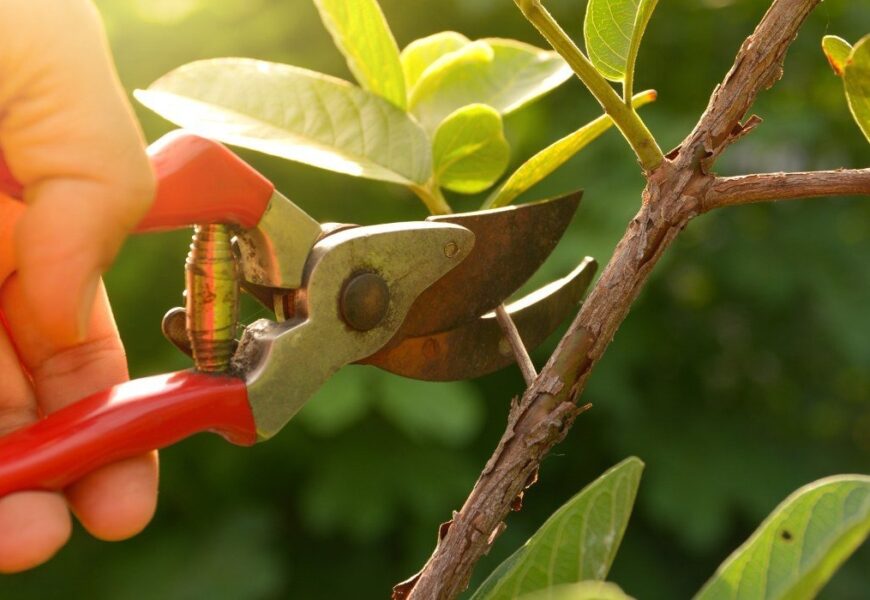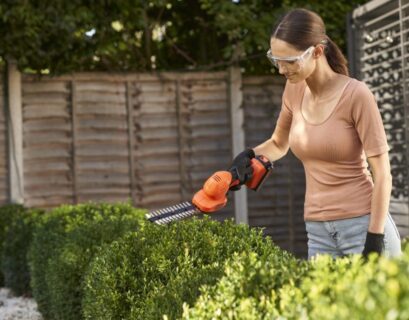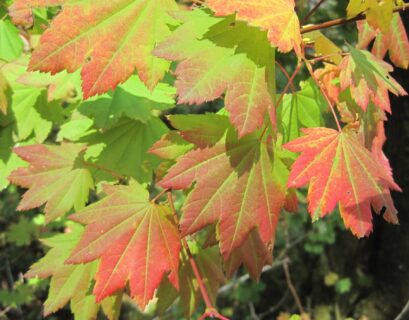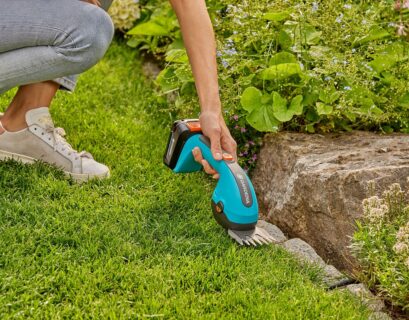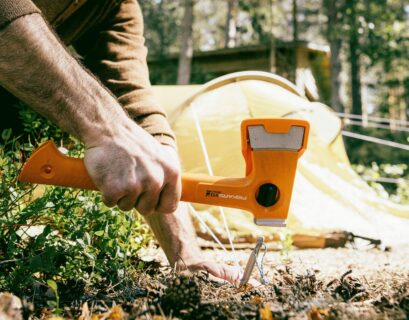Regular pruning is a vital practice for maintaining the health, appearance, and productivity of your plants. While it might seem like an extra chore, the benefits of pruning far outweigh the effort involved. Here’s why you should make pruning a regular part of your gardening routine and how to do it effectively.
Benefits of Regular Pruning
- Promotes Plant Health: Pruning removes dead, damaged, or diseased branches, preventing pests and diseases from spreading. This keeps your plants healthy and reduces the risk of infestations.
- Encourages Growth: By cutting back overgrown branches, you stimulate new growth. Pruning helps plants focus their energy on developing strong, healthy branches and lush foliage.
- Enhances Flower and Fruit Production: Regular pruning encourages more flowers and fruits by allowing better air circulation and sunlight penetration. This is especially important for fruit trees and flowering shrubs.
- Improves Plant Shape: Pruning helps maintain a plant’s shape and size, preventing it from becoming unruly. This is crucial for hedges, topiaries, and plants in confined spaces.
- Increases Safety: Removing weak or overhanging branches reduces the risk of injury or property damage during storms. It also makes pathways and garden areas safer to navigate.
When to Prune
The best time to prune depends on the type of plant and its growth cycle:
- Spring-Flowering Plants: Prune right after they finish blooming. This allows new growth to develop and set buds for the next season. Examples include forsythia, lilacs, and azaleas.
- Summer-Flowering Plants: Prune in late winter or early spring before new growth starts. These plants bloom on the current year’s growth. Examples include roses, hydrangeas, and crepe myrtles.
- Evergreens: Prune in late winter or early spring to shape the plant and remove any winter damage. Avoid pruning in late summer or fall, as this can stimulate new growth that may not harden off before winter.
- Fruit Trees: Prune in late winter while the trees are still dormant. This encourages strong growth and improves fruit production.
How to Prune Effectively
- Use the Right Tools: Invest in quality pruning tools, such as hand pruners, loppers, and pruning saws. Keep them clean and sharp to make clean cuts and reduce the risk of disease.
- Make Clean Cuts: Use sharp tools to make clean cuts just above a bud or branch junction. Avoid leaving stubs, as they can become entry points for pests and diseases.
- Remove Dead and Diseased Wood: Start by removing any dead, damaged, or diseased branches. Cut back to healthy wood, making sure to dispose of the removed material properly to prevent the spread of disease.
- Thin Out Overgrown Areas: Remove crowded or crossing branches to improve air circulation and light penetration. This helps reduce the risk of disease and encourages healthy growth.
- Shape the Plant: Trim back overgrown branches to maintain the plant’s shape and size. For shrubs, cut back to an outward-facing bud to encourage growth away from the center.
- Avoid Over-Pruning: Don’t remove more than one-third of a plant’s growth at a time. Over-pruning can stress the plant and reduce its vigor.
Special Tips for Different Plants
- Roses: Prune in early spring before new growth starts. Remove any dead or weak stems, and cut back the remaining stems to just above an outward-facing bud.
- Hydrangeas: For mophead and lacecap varieties, prune after flowering. For panicle and smooth hydrangeas, prune in late winter or early spring.
- Hedges: Trim regularly to maintain shape and density. Avoid cutting into old wood, as some hedges may not regrow from old stems.
- Trees: Remove any suckers or water sprouts (vigorous vertical shoots) that detract from the tree’s shape. Thin out crowded branches to allow light and air to penetrate the canopy.
Conclusion
Regular pruning is essential for keeping your garden healthy, attractive, and productive. By understanding the specific needs of your plants and following proper pruning techniques, you can enjoy a beautiful and thriving garden. Make pruning a regular part of your gardening routine, and you’ll reap the rewards of healthier plants and more abundant blooms and fruit. So grab your pruning tools and get started—your garden will thank you for it!

